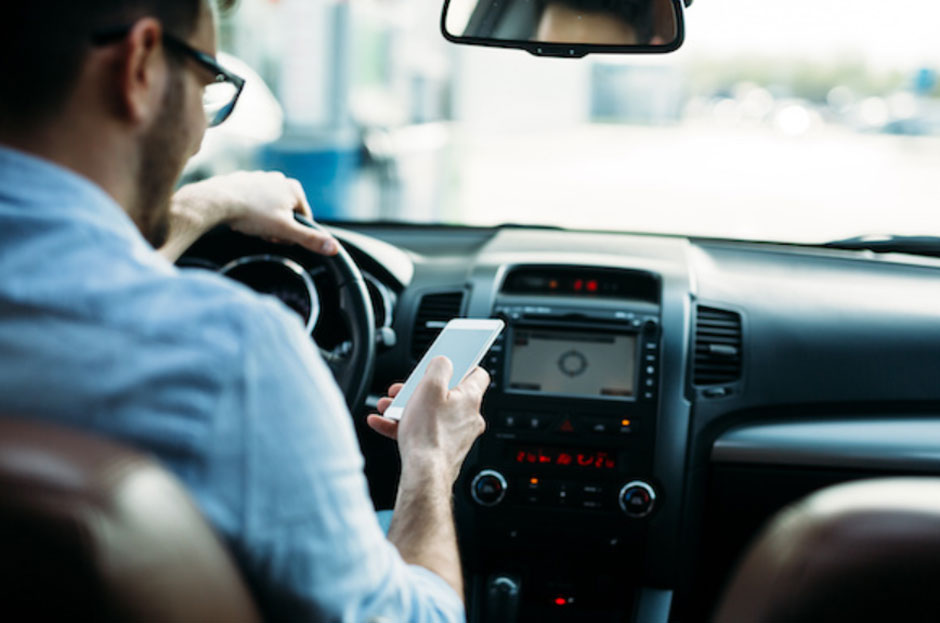How Technology Is Both a Cause and Solution for Distracted Driving

Technology has revolutionized the way people interact with their vehicles, offering tools for convenience, safety, and connectivity. However, this same technology has also become a significant source of distraction. Drivers are often tempted to check their phones, adjust entertainment systems, or interact with in-car navigation features, pulling their focus away from the road. This dual role of technology as both a risk and a remedy has sparked debates on its overall impact on road safety.
While technology contributes to distraction, advancements in safety features are helping reduce accidents caused by divided attention. Tools like lane-keeping assist, automatic emergency braking, and voice-activated controls allow drivers to focus more on driving while handling necessary tasks more safely. Understanding this balance is critical in determining how technology can be harnessed to improve road safety.
The Role of Smartphones in Distracted Driving
Smartphones are one of the leading causes of distracted driving, tempting drivers to check notifications, send messages, or scroll through apps. The ease of accessing information and communication while driving makes it difficult for many to resist engaging with their devices despite the dangers involved. Studies have shown that even a few seconds of looking away from the road can significantly increase accident risks.
Efforts to curb smartphone-related distractions include the development of apps and features that block notifications while driving. For example, “Do Not Disturb” modes can silence calls and alerts, reducing the urge to check the phone. Public awareness campaigns also emphasize the dangers of using smartphones behind the wheel, encouraging drivers to prioritize safety.
In-Car Entertainment Systems as a Double-Edged Sword
Modern vehicles often come equipped with advanced entertainment systems that include touchscreens, multimedia players, and internet connectivity. While these features provide convenience and enjoyment, they can also divert attention from driving. Interacting with these systems requires cognitive and visual focus, which can compromise a driver’s ability to react to sudden hazards.
Automakers are addressing this issue by integrating voice commands and simplified interfaces into entertainment systems. These features allow drivers to control music or navigation without taking their hands off the wheel or their eyes off the road. Balancing functionality with safety remains a key focus for reducing in-car distractions.
Navigation Tools: Helpful but Risky
GPS systems and navigation apps are invaluable for drivers, helping them reach destinations efficiently. However, frequent glances at maps or inputting information while driving can create dangerous situations. Distracted navigation often results in missed traffic signals, sudden stops, or even collisions.
To mitigate these risks, hands-free navigation options and turn-by-turn audio instructions have been introduced. These solutions minimize the need to look at a screen, allowing drivers to keep their attention on the road. Ensuring that navigation systems are user-friendly and non-intrusive is essential in making them safer to use.
Safety Features That Combat Distracted Driving
Technology is also a powerful tool for preventing distracted driving. Features such as forward-collision warnings, adaptive cruise control, and lane-departure alerts are designed to compensate for lapses in driver attention. These systems detect potential hazards and provide immediate feedback, giving drivers an opportunity to avoid accidents.
Some advanced systems, like automatic emergency braking, take action when a driver fails to respond in time. As these features become more common in vehicles, they have the potential to significantly reduce the number of accidents caused by distraction. The widespread adoption of such technology reflects the auto industry’s commitment to enhancing road safety.
The Influence of Voice-Activated Controls
Voice-activated controls have emerged as a solution to reduce manual and visual distractions while driving. These systems allow drivers to perform tasks such as making calls, adjusting the temperature, or setting navigation without taking their hands off the wheel. Voice recognition technology has improved significantly, making these systems more reliable and user-friendly.
Despite their benefits, voice-activated systems are not entirely without risks. Complex or lengthy interactions can still demand a driver’s cognitive attention, diverting focus from the road. Continued advancements in this technology aim to strike a balance between functionality and minimal distraction.
The Rise of Driver-Monitoring Systems
Driver-monitoring systems are a recent innovation designed to detect and address distracted driving behaviors. These systems use cameras and sensors to monitor eye movements, head position, and other indicators of attention. Alerts are triggered when the system detects that a driver is not focusing on the road.
Such technology is particularly beneficial in preventing accidents caused by fatigue or prolonged distractions. While still in its early stages, driver-monitoring systems hold promise as an effective way to address the human element of distracted driving. Their integration into vehicles represents a step forward in leveraging technology to promote safety.
Public Awareness Campaigns and Policy Changes
Technology’s impact on distracted driving has prompted governments and organizations to implement awareness campaigns and policy changes. Laws prohibiting the use of handheld devices while driving are a direct response to the risks posed by technology-related distractions. These measures and educational efforts encourage drivers to use technology responsibly. For those injured by a distracted driver in Seattle, understanding these laws and seeking legal assistance can be crucial in holding negligent parties accountable and obtaining fair compensation.
Partnerships between automakers and safety organizations have also led to the promotion of safe driving habits. Campaigns highlighting the dangers of texting and driving aim to change attitudes and behaviors, fostering a culture of accountability and caution. Increased enforcement of distracted driving laws further reinforces the importance of responsible technology use behind the wheel.
Striking a Balance Between Technology and Safety
The challenge lies in finding a balance where technology enhances driving without compromising safety. Automakers and developers must prioritize intuitive designs and features that support safe driving practices. On the other hand, drivers must exercise personal responsibility in using technology appropriately while behind the wheel.
The future of road safety depends on the collective efforts of technology innovators, policymakers, and the public. Embracing advancements that minimize distractions while promoting education about responsible technology use can help reduce accidents and save lives.


